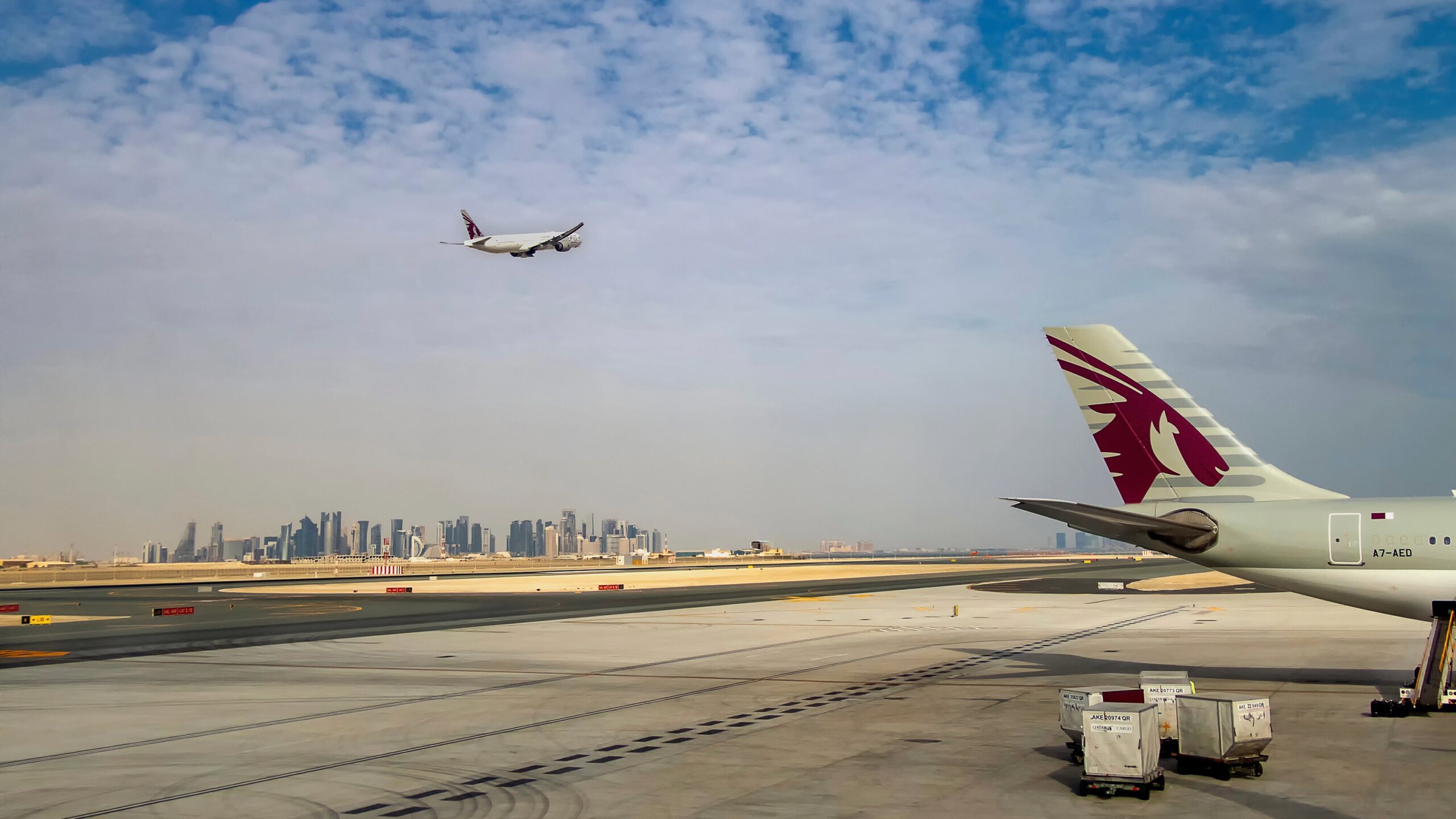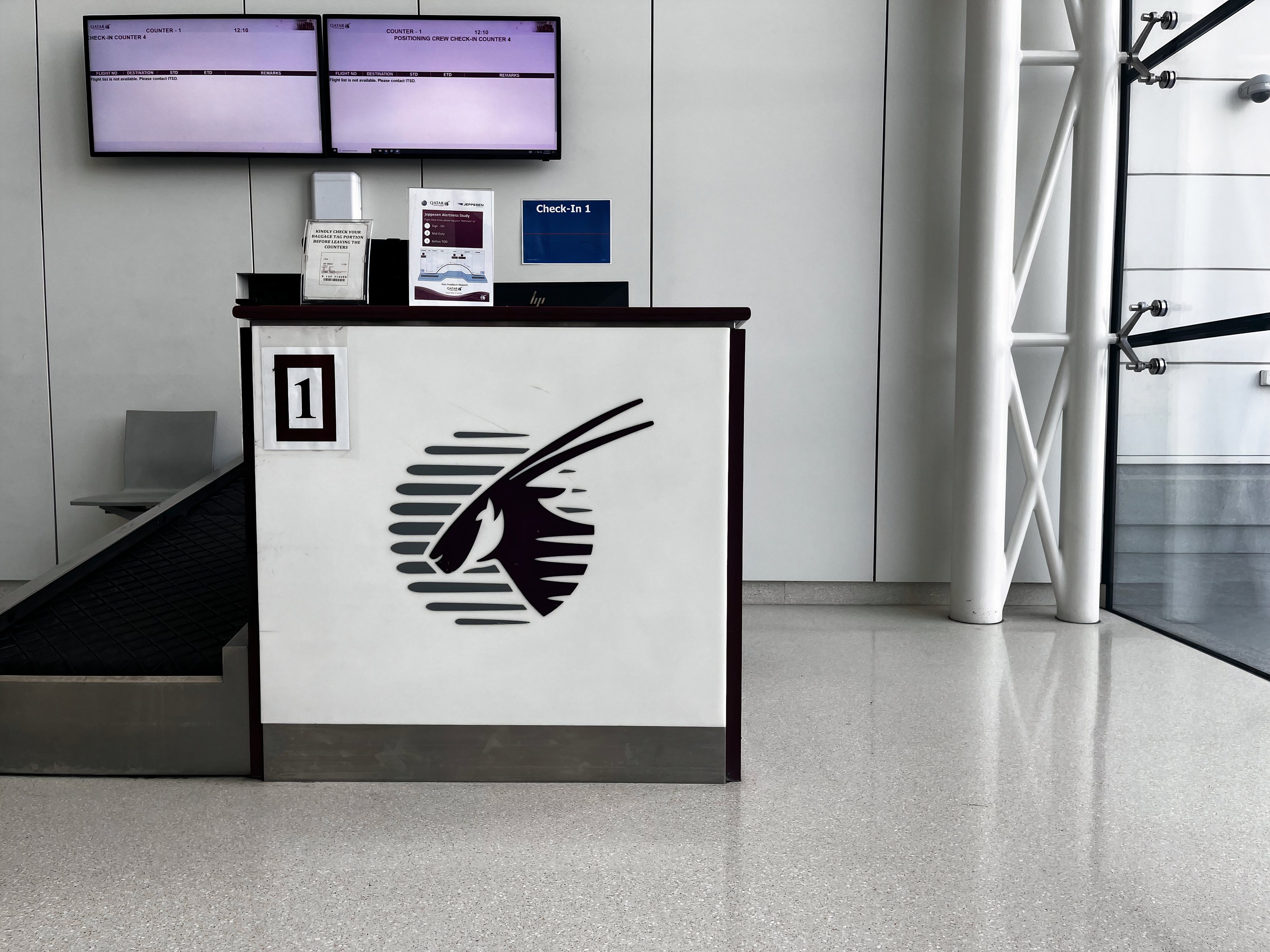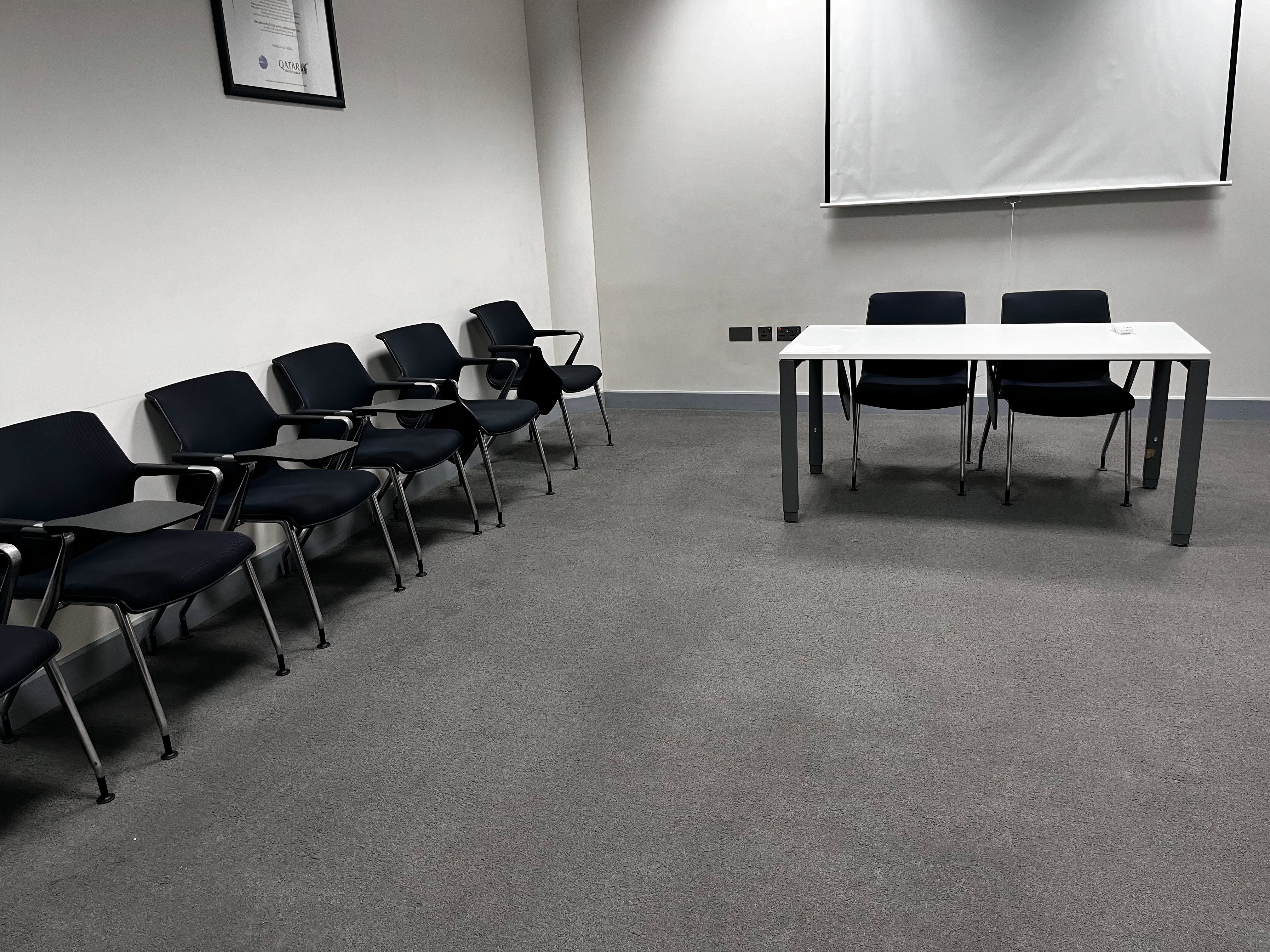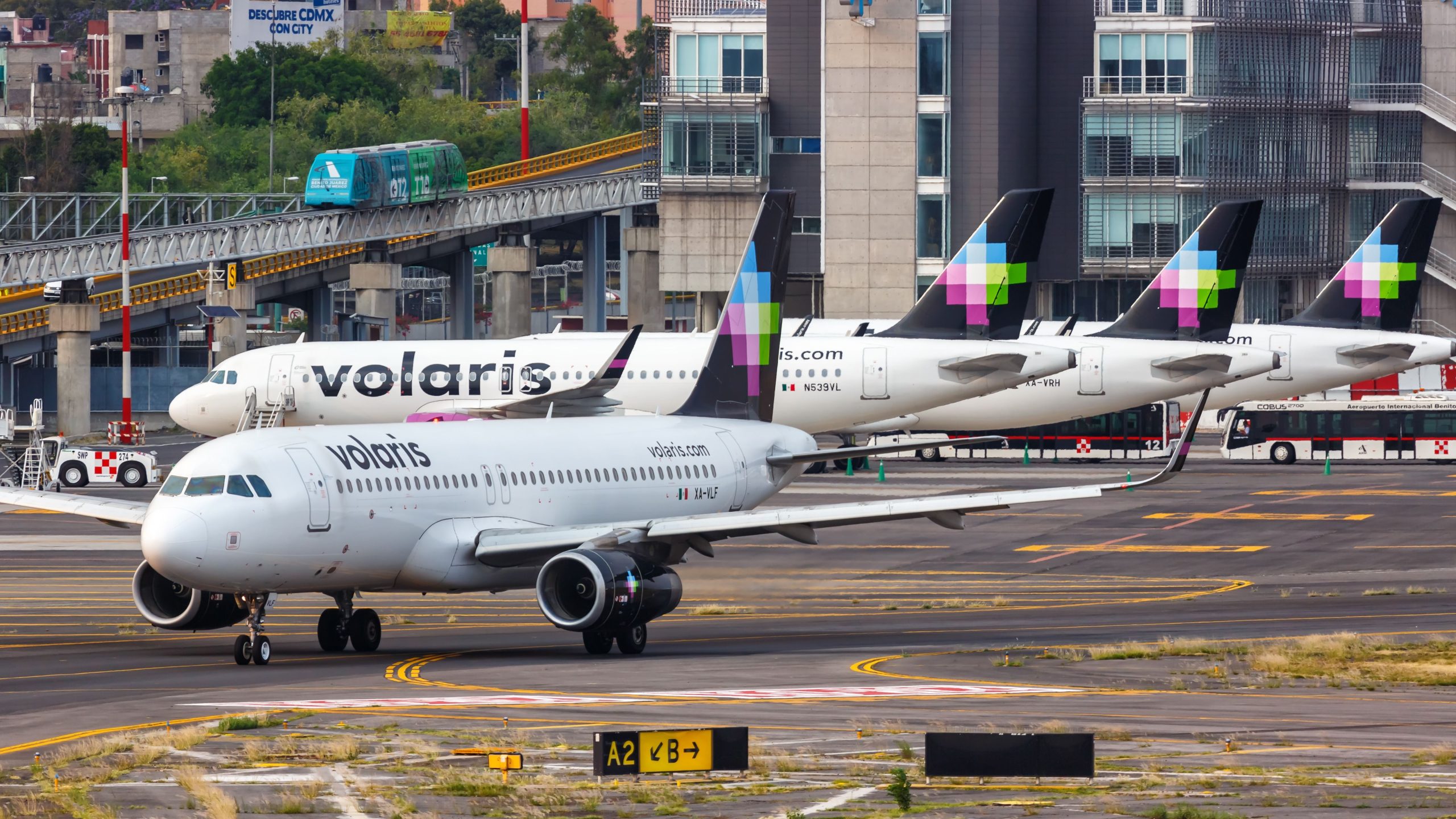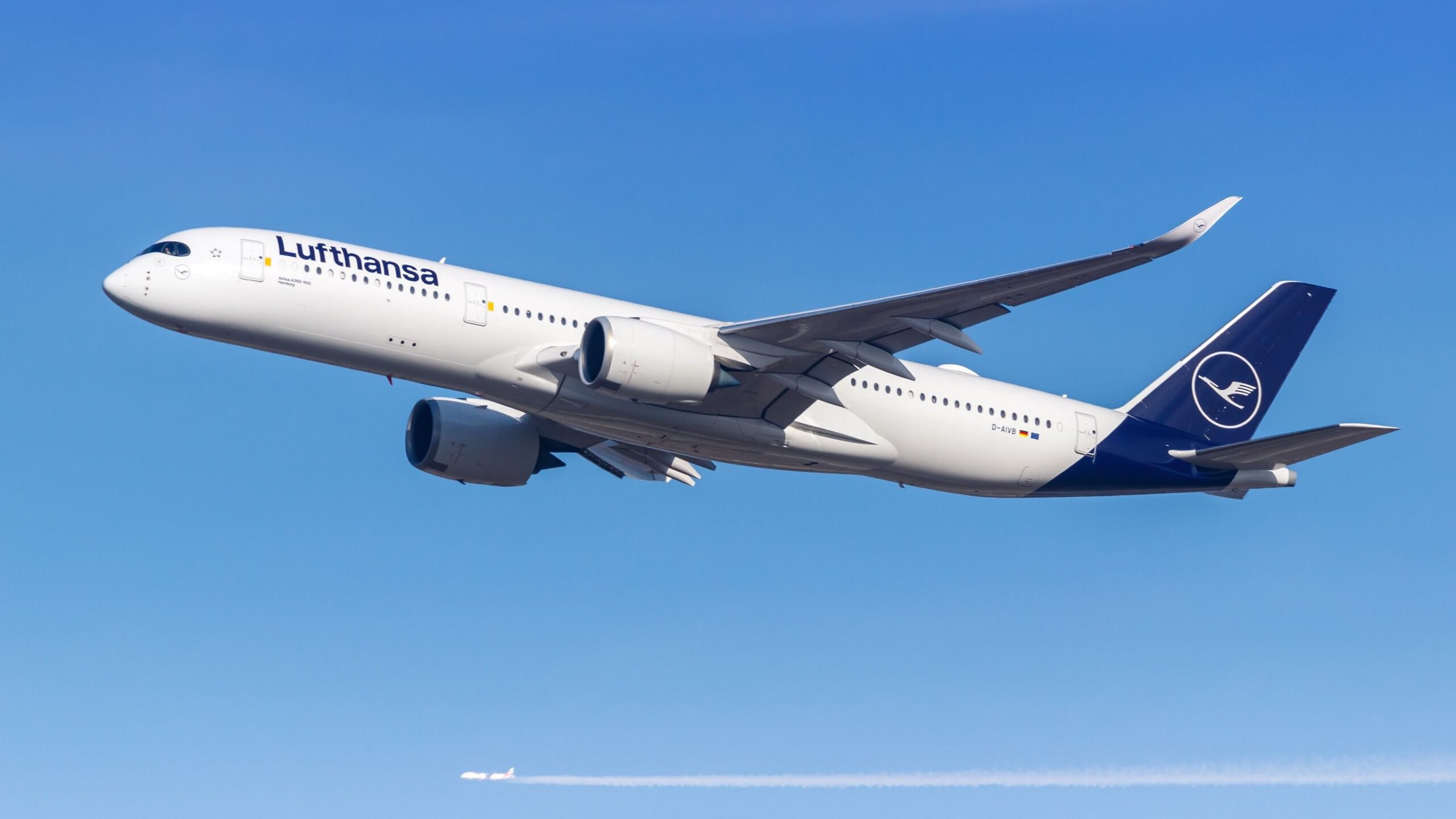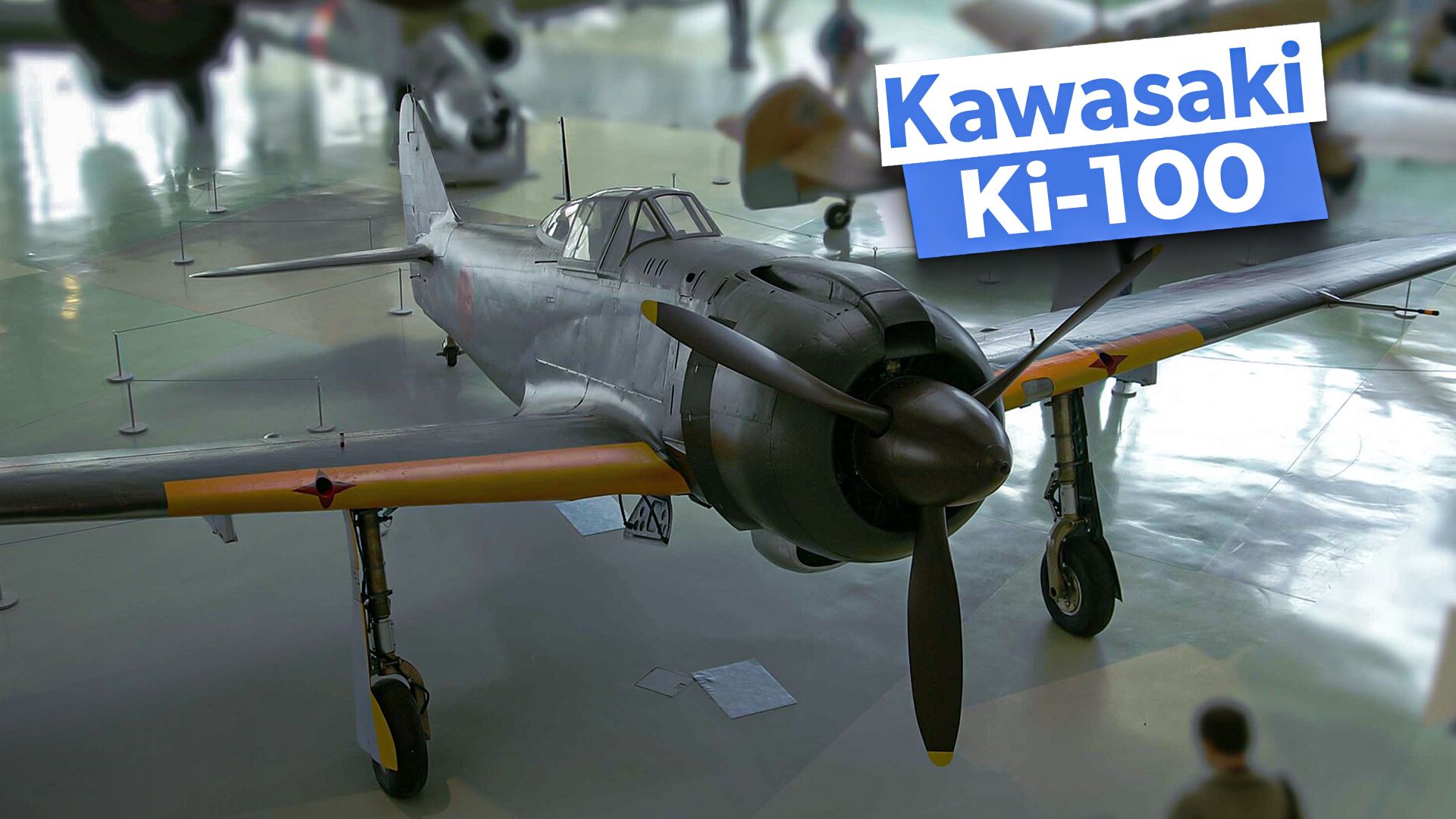Summary
- Qatar Airways cabin crew don’t check in at base terminals but at the IOC for their flights.
- The IOC monitors real-time flight data to maintain the airline’s 96.4% on-time performance.
- Staff at the IOC assist flight decks using technologies like ACARS for instant communication.
Simple Flying had the privilege of visiting the Integrated Operations Center (IOC) of Qatar Airways, a modern facility situated on the landside area of Hamad International Airport. During our two-hour visit, we learned about three core functions of the building, although the Qatar Airways team informed us that there is much more to the building than we could discover in that amount of time.
Final call for cabin crews and pilots: where do they check in?
The first function is the crew check-in area, where Qatar Airways cabin crew report for their flights. Unlike other airlines, the cabin crew does not report to the carrier’s base terminal. Instead, they head to the IOC, following a process similar to that of passengers. They go to the Qatar Airways branded desks, state their destination, and drop off their bags. The same applies to Qatar Airways Cargo pilots and flight deck crews.
Photo: Benjamin Cooper | Simple Flying
Once this process is done, the crew heads to different rooms depending on their roles. The cabin crew meets in one of three dozen rooms, where the cabin manager briefs them about the flight. Each crew member is asked a security question to ensure they meet safety criteria, and they undergo a grooming check to ensure they have the correct uniform specifications before the flight.
Photo: Benjamin Cooper | Simple Flying
Depending on the flight length, the crew must arrive at the IOC at least 180 minutes before the flight. This ensures that the plane can be turned around with catering secured and all checks completed 90 minutes before departure. After the briefing, cabin crew and pilots clear Qatari immigration facilities and security checks.
Due to national safety concerns, Simple Flying could not take photos of these areas.
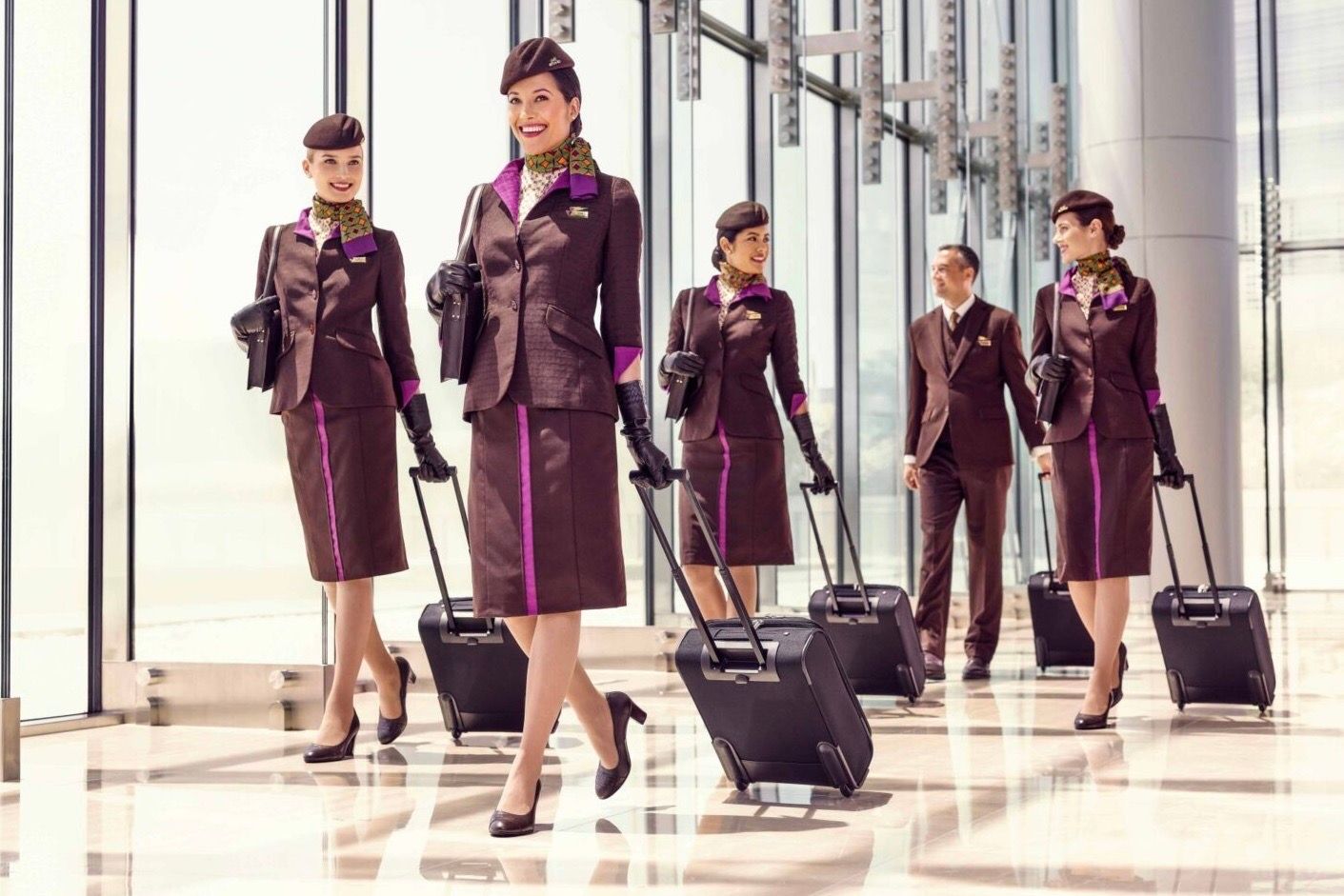
Related
Do Pilots And Cabin Crew Have To Undergo Security Screening Like Passengers?
Such procedures can become tedious for those who fly all the time, but they remain very important.
What does it take to keep a network of over 180 destinations on time?
Our visit then led us to the top floor of the building, where we were brought to a room overlooking the core of IOC operations—a set of different office blocks laid out in an eye-shaped area. Each arm, which looked like eyelashes, represented various aspects of the operations, from engineering to medical liaison.
In the background, there was a set of billboards with live Qatar Airways traffic, a live stream of Al-Jazeera’s non-stop media coverage, as well as the current on-time performance of the airline leaving and departing Hamad International Airport.
The boards were company-sensitive and were not visible in the photo.
This helps the airline get a clear picture of its operational capabilities. Thanks to the live map containing information like airspace restrictions and important NOTAMs that may impact flight plans, the airline can alter routes live to ensure punctuality where it is safe to do so.
At the time of the visit, Guy Shipton, the head of On-Time Performance, showed us the screen that displayed a 96.4% on-time performance for the airline at Hamad International. According to the carrier, this falls within the average, making the Qatari national airline the third most punctual worldwide.
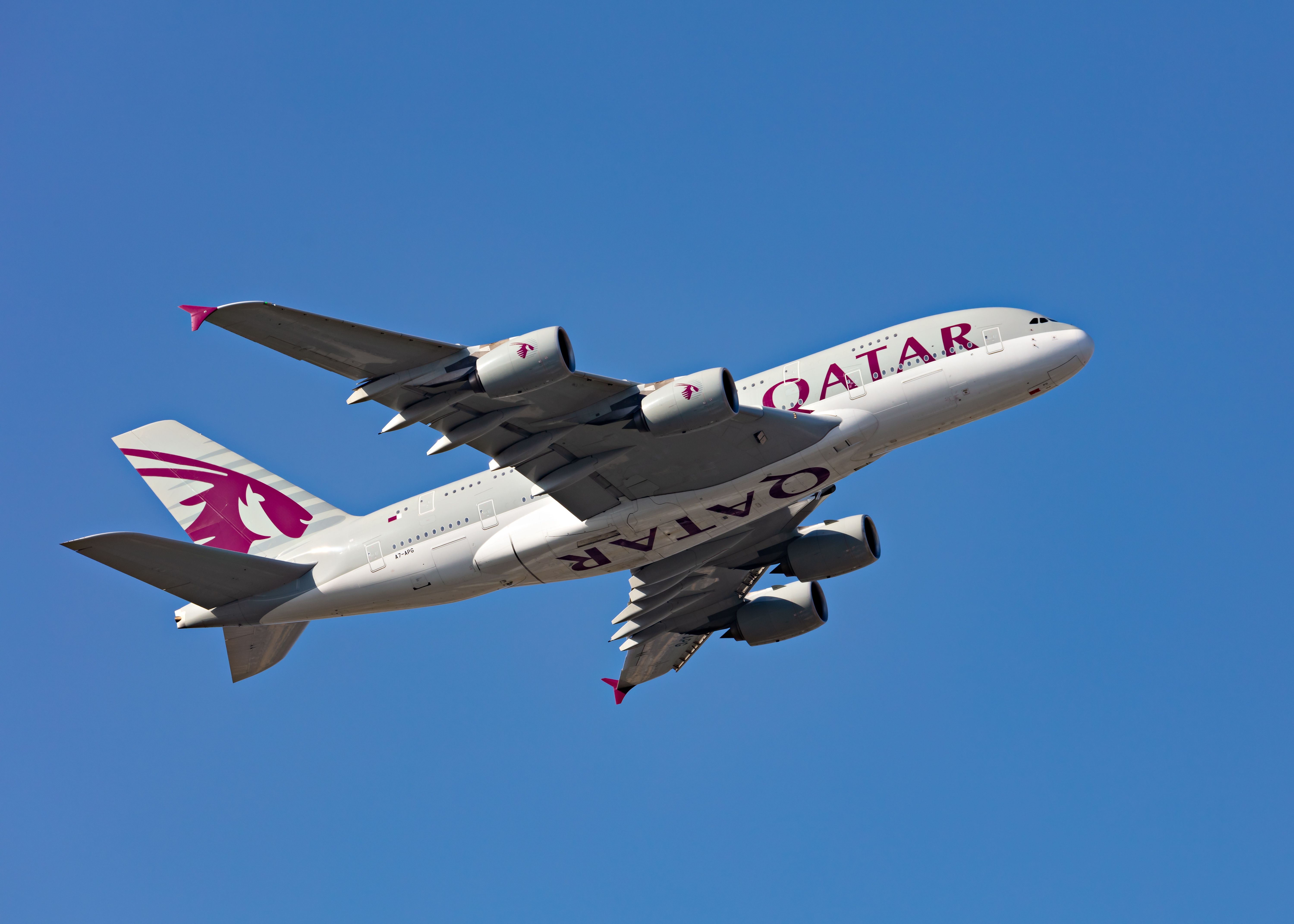
Related
The New Qatar Airways CEO Is Planning To Bring Back First Class Cabins
Qatar Airways is developing a new first class concept.
How do airlines manage their fleet in real time?
We also spoke to Patricia Rowe, the Head of IOC, who explained the main tasks of each office we could see. In the photo below, we can distinguish employees with stripes in the top left-hand corner. These are qualified B2 engineers with exceptional technical and mechanical knowledge of the flag carrier’s fleet.
Photo: Benjamin Cooper | Simple Flying
Their role is to assist the flight deck in case of any technical issues during the flight. The primary communication tool between the flight deck and the IOC is the Aircraft Communication Addressing and Reporting System (ACARS), which she described as a short messaging service (SMS) integrated into the aircraft’s onboard computers. Alternatively, satellite communication can be used as a secondary tool—ensuring the base and crew always have the means to reach out to each other if needed.
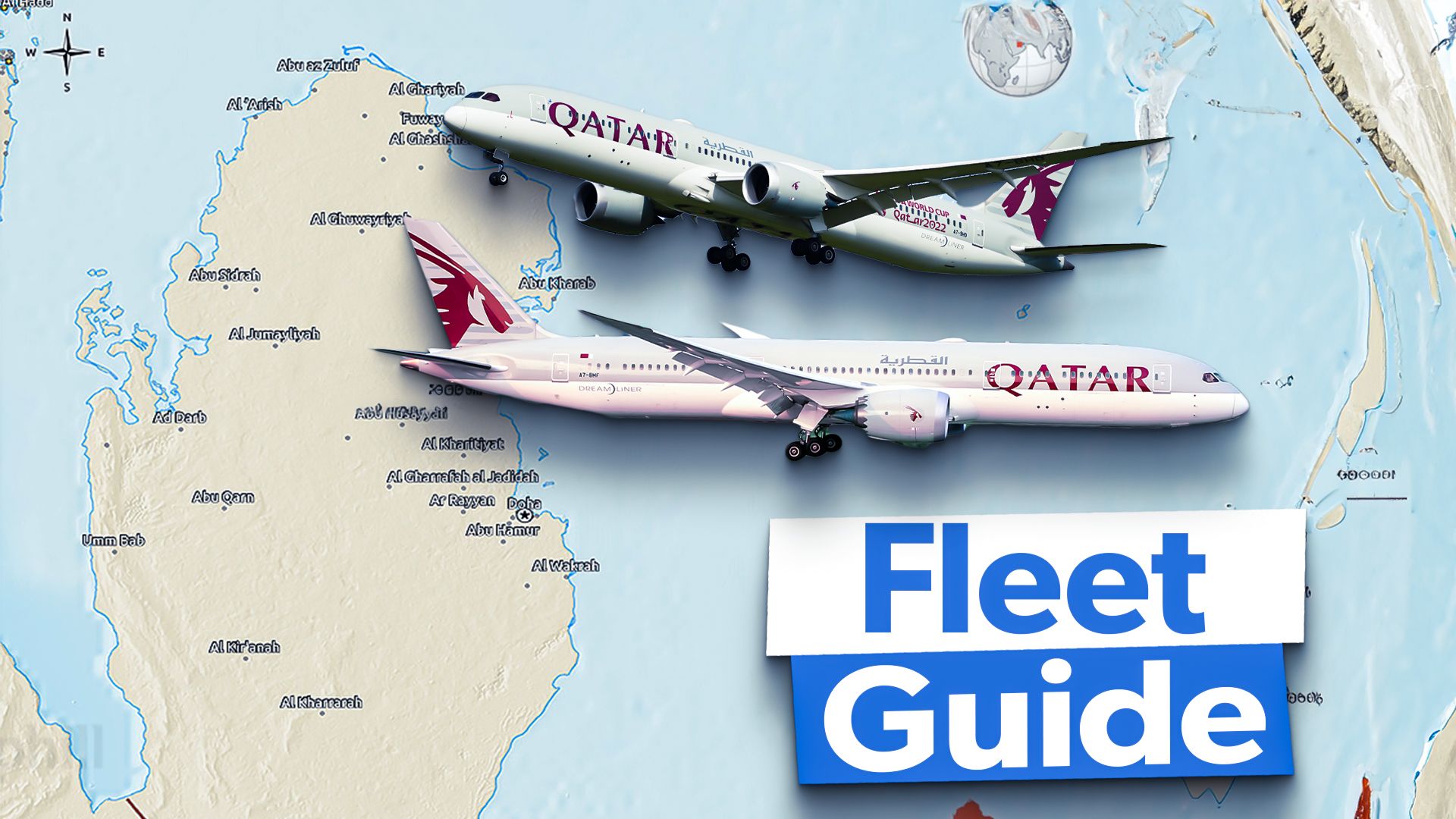
Related
Qatar Airways’ Boeing 787-9 Fleet: The Story So Far
The carrier has received more than half of its planned deliveries for the type.
Stand allocation—a giant game of Tetris designed to keep passenger comfort in mind
Although Rowe’s department doesn’t technically manage this aspect of operations, she also gave us a brief insight into how stand allocation works—i.e., how the airline decides which aircraft is dispatched to a hard stand (also known to some fliers as bus gates) and which one gets the jetbridge.
A sophisticated algorithm usually decides this based on average connecting itineraries, aircraft size, etc. On rarer occasions, like significant delays or an exceptional number of short connection passengers, it will be manually overridden to allow swaps between hard stands and jetbridges. Some aircraft, like the A380, are systematically allocated terminal gates as they require top-floor boarding and deplaning, which is unavailable with airstairs. In all cases, the whole boarding and deboarding process is meant to maximize passenger comfort. For example, passengers will always get separate buses with more comfortable seating in the case of bus gates.
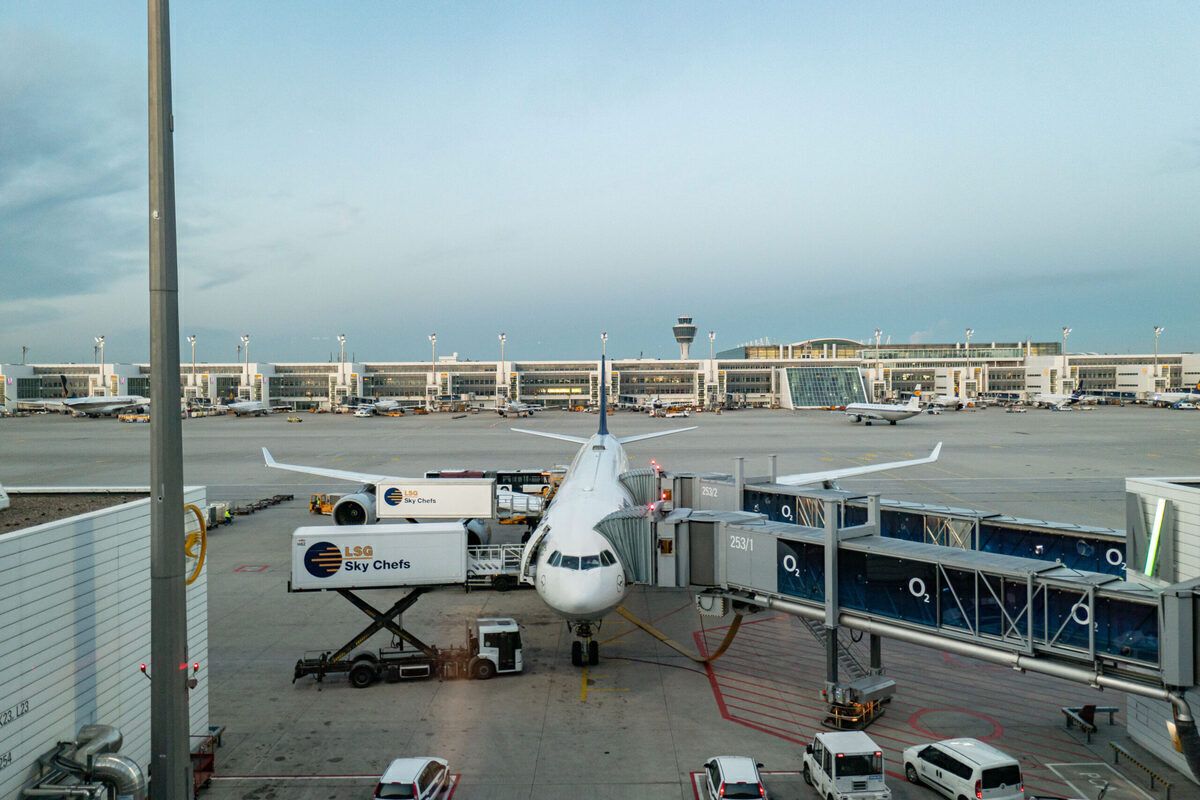
Related
Single Vs. Dual Jetbridge Boarding – Which One Is Better?
Bottom Line
Passenger comfort and safety are the two main focuses at the operations center of Qatar Airways; as such, they will always take priority. This means that when flying on such a significant airline, unfortunate changes in plans like equipment swaps and last-minute bus gate debarcations may happen on occasion, as an aircraft may have suffered a technical issue in DOH and needed to be put out of service.
The IOC is much more than this; it also serves as the central hub for departing and arriving crew, and all aspects of the IOC work together like clockwork to ensure everything fits into the well-oiled schedule of the Middle Eastern airline.
Did you know Qatar Airways had such a complex operation? What did you expect to see in this behind-the-scenes tour? What airline would you like to see next? Let us know in the comments below.

